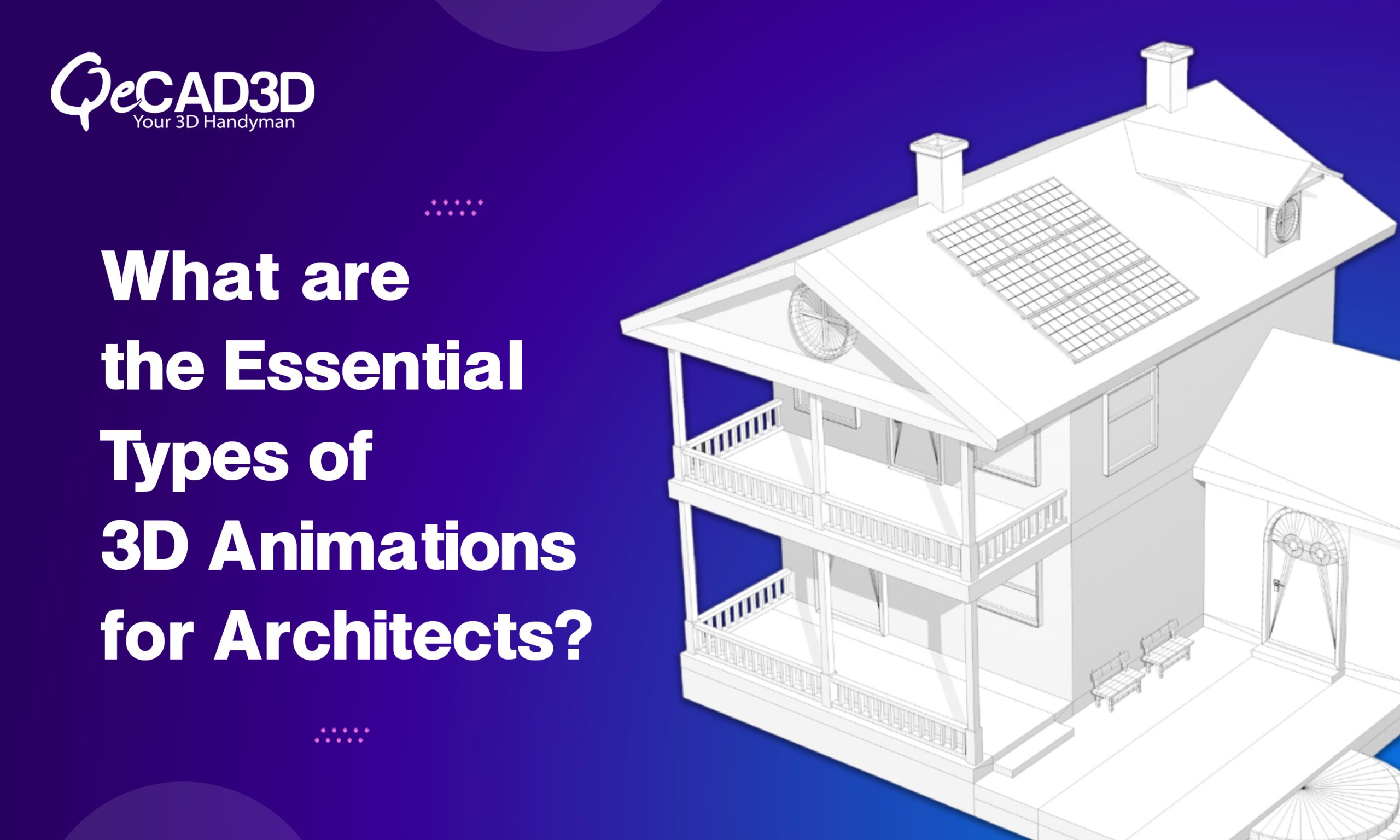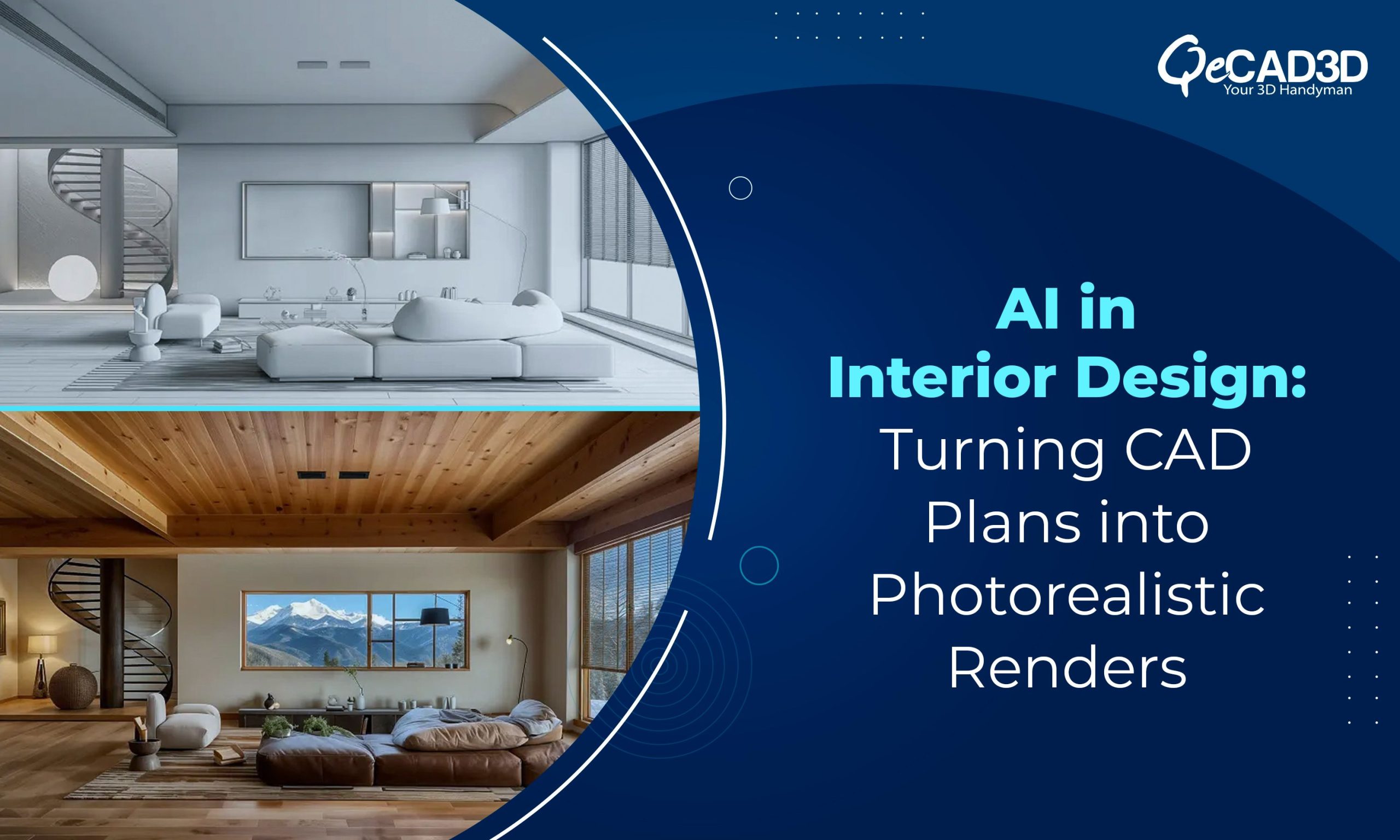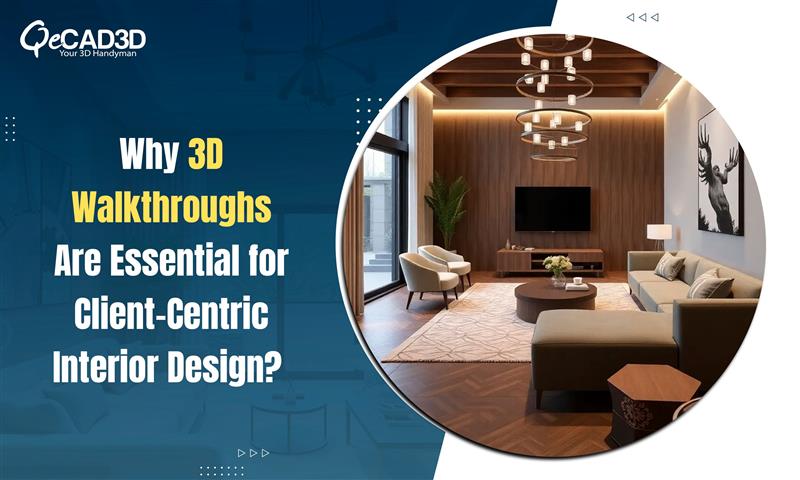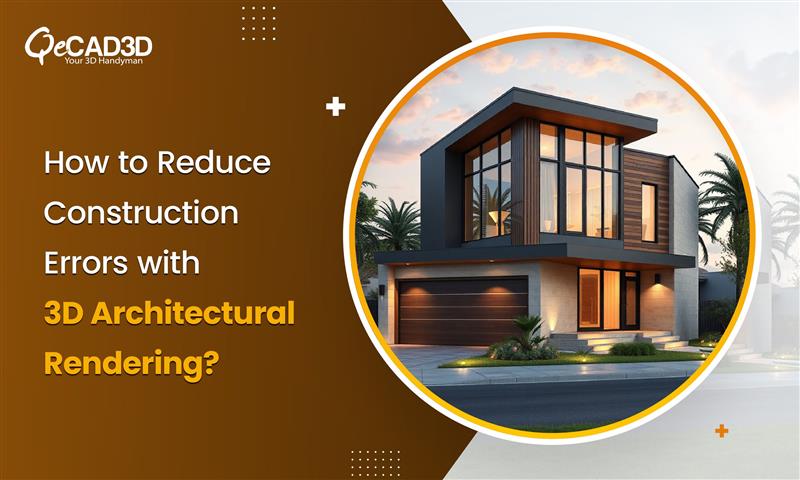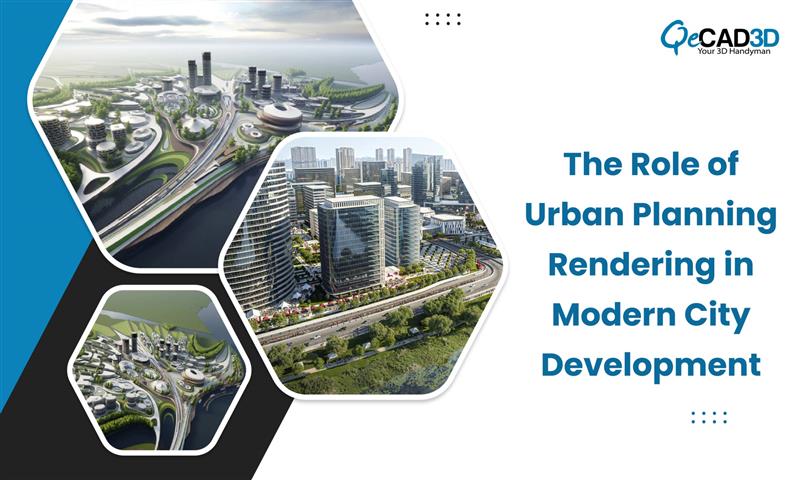What are the Essential Types of 3D Animations for Architects?
In today’s competitive architectural industry, communicating the design concepts effectively is even more important than ever. The clients and stakeholders increasingly demand clear as well as the engaging visualizations that bring their ideas to life before the first brick is laid. 3D animation helps in doing so. It is a powerful tool that transcends the traditional architectural drawings and static renderings. It offers immersive experiences that allow viewers to truly grasp the essence of their project.
3D animations enable architects to showcase their designs in dynamic ways making it easier for clients to visualize spaces and understand how they will function. With advancements in technology, these animations can incorporate realistic lighting, textures and even environmental elements thereby providing a comprehensive view of both the interior along with the exterior of the buildings.
Whether you’re looking to present a residential project, a commercial development or an urban planning initiative, these 3D animations serves as a bridge between the imagination and reality.
In this blog post, we’ll explore five key types of 3D animations that architects can utilize to enhance their presentations. Each type offers unique benefits and can significantly improve the client engagement thereby ensuring that the architectural visions are not only understood but also appreciated.
Let’s dive into these essential animation styles and discover how they can elevate your architectural practice.
1) Interior Animation
Interior animations focus more on showcasing the internal spaces of a building. They allow architects to illustrate how the light, materials as well as colors work together to create a cohesive environment. These animations often highlight the furniture arrangements, spatial flow and even the functionality of spaces.
Benefits:
- Client Engagement: Clients can visualize the intended ambiance and layout leading to a better decision-making.
- Design Validation: Architects can test and refine the design elements ensuring that they meet both the aesthetic and functional needs.
- Realistic Scenarios: Animations can include elements like changing light conditions throughout the day ultimately giving clients a true sense of the space.
2) Exterior Animation
Exterior animations focus on the building’s outer facade and its relationship with the surroundings. This type of animation captures the building from various angles, illustrating how it fits into its context. This includes landscaping, neighbouring structures as well as street views.
Benefits:
- Contextual Understanding: It helps clients to grasp how the design engages with its surrounding environment.
- Material Exploration: It showcases materials and finishes delivering a realistic look at the building’s final appearance.
- Atmospheric Effects: Animations can include elements like weather changes which adds a dynamic layer to the visual experience.
3) Mixed Animation
Mixed animations combine both interior as well exterior perspectives, providing a holistic view of the architectural design. This approach can be particularly effective for showcasing a seamless transition between indoor and outdoor spaces like open-plan living areas that connect with patios or gardens.
Benefits:
- Comprehensive Storytelling: It tells a more complete story of the design intent emphasizing on the relationship between the spaces.
- Enhanced Client Experience: It offers clients a narrative journey through the building which increases the emotional engagement.
- Versatility: It is useful for marketing materials, presentations and project pitches, making it a valuable asset for the architects.
4) Walkthrough
Architectural Walkthrough Services takes viewers on a guided tour through a space, mimicking the experience of walking through a building. This animation can vary in detail and length right from a quick preview of key areas to a more in-depth exploration of each room.
Benefits:
- Immersive Experience: It gives clients a first-person perspective by enhancing their connection to the design.
- Detail-Oriented: It allows for closer examination of the design features, furniture layouts and finishes.
- Feedback Opportunity: It facilitates discussions about the specific areas enabling more constructive client feedback.
5) Flythrough
Flythrough animations provide a bird’s-eye view of a project. It often showcases the building and its surrounding landscape from an aerial perspective. This type of animation can be particularly useful for large projects, urban developments or when emphasizing on site plannings.
Benefits:
- Dramatic Presentation: It creates an impressive visual impact, perfect for pitches or marketing materials.
- Site Analysis: It illustrates how the design integrates with its surroundings, highlighting the features like landscaping, pathways and adjacent buildings.
- Scale Awareness: It helps clients understand the building’s scale and proportion in relation to its surroundings.
Conclusion
3D animations have transformed the way many architects communicate their designs, providing tools to envision and experience buildings prior to their construction. Whether through interior animations, exterior presentations, walkthroughs or flythroughs, these techniques engage clients and stakeholders thereby making the design process often more interactive and insightful. Opting for an Architectural Visualization Company who holds experience in these animation styles can elevate your architectural presentations and foster stronger connections with the clients.


